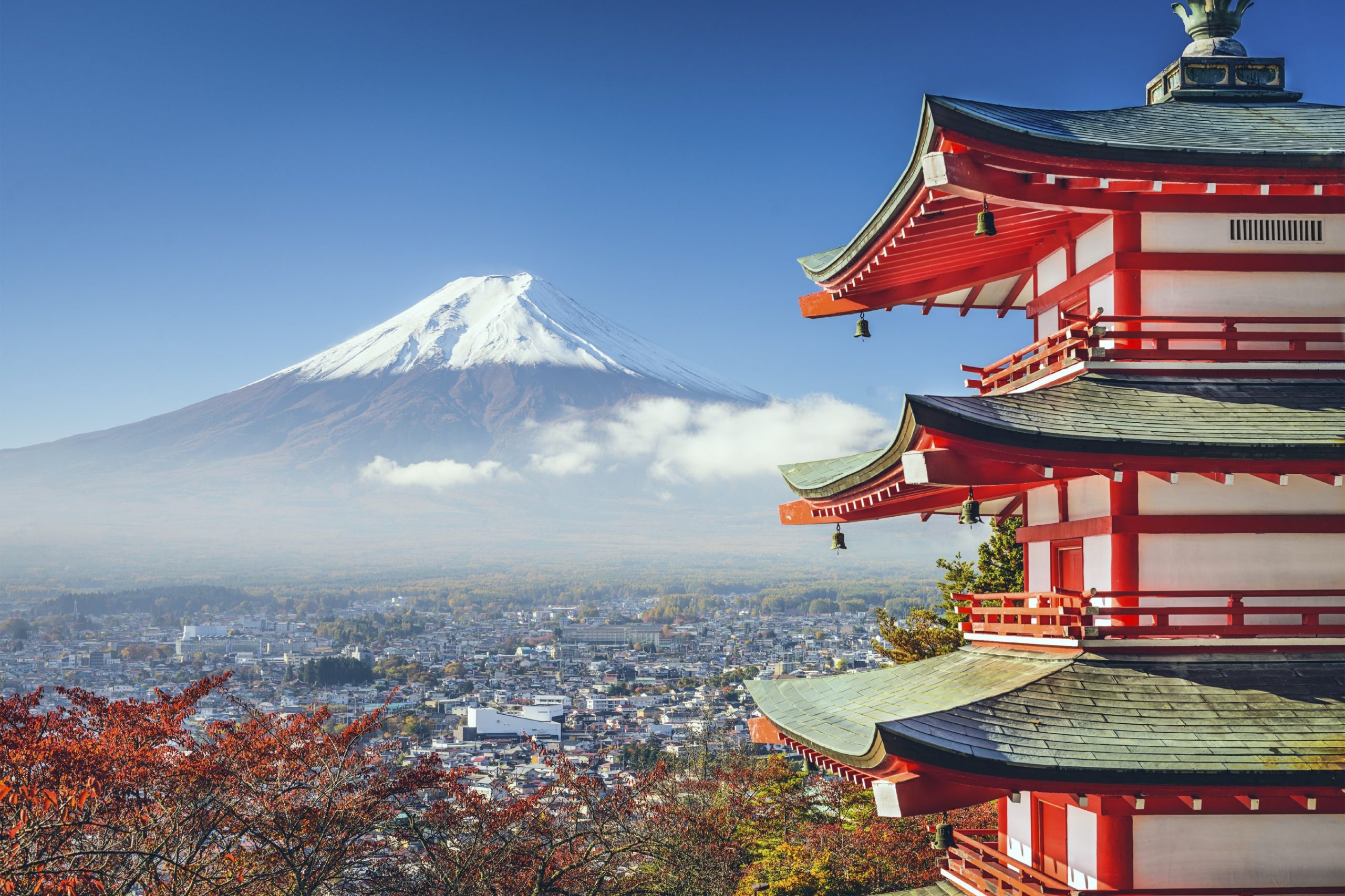vacationhavenhome – Mount Fuji, known as Fuji-san in Japanese, is the highest peak in Japan, standing at 3,776 meters (12,389 feet). This majestic stratovolcano is not only a natural wonder but also a cultural icon deeply rooted in Japanese history and tradition.
Geography and Geology
Located on Honshu Island, about 100 kilometers (62 miles) southwest of Tokyo, Mount Fuji is part of the Fuji-Hakone-Izu National Park. Its nearly symmetrical cone shape, created by multiple volcanic eruptions over the centuries, makes it a striking feature of the Japanese landscape. The last eruption occurred in December 1707, and since then, Fuji has been considered dormant.
Cultural Significance
Mount Fuji holds a special place in Japanese culture and spirituality. It has been worshipped as a sacred mountain for centuries, often associated with the Shinto and Buddhist religions. Numerous legends and myths surround Fuji, reflecting its significance in Japanese folklore. Artists, poets, and writers have drawn inspiration from its beauty, with famous works like Katsushika Hokusai’s “Thirty-Six Views of Mount Fuji” showcasing its stunning silhouette.
In 2013, UNESCO recognized Mount Fuji as a World Heritage Site, citing its cultural and aesthetic significance. The mountain attracts pilgrims and tourists alike, who seek to experience its beauty and the sense of peace it imparts.
Climbing Mount Fuji
Every year, thousands of adventurers embark on the trek to the summit during the official climbing season, which runs from early July to early September. There are four main trails—Yoshida, Subashiri, Gotemba, and Fujinomiya—each offering unique views and experiences. The ascent can be challenging, but the reward of witnessing the sunrise from the peak, known as “Goraiko,” is an unforgettable experience for many.
Natural Surroundings
The area surrounding Mount Fuji is rich in biodiversity and natural beauty. The Fuji Five Lakes (Fujigoko) region offers stunning views of the mountain, especially when reflected in the clear waters of the lakes. Nearby attractions include the hot springs of Hakone, the historical village of Oshino Hakkai, and the picturesque Arakurayama Sengen Park, which provides a panoramic view of Fuji framed by cherry blossoms in spring.
Conclusion
Mount Fuji is more than just a mountain; it embodies the spirit of Japan, representing beauty, endurance, and tranquility. Whether viewed from afar or climbed to its summit, Fuji-san continues to inspire awe and admiration, solidifying its place as one of the country’s most treasured landmarks.





